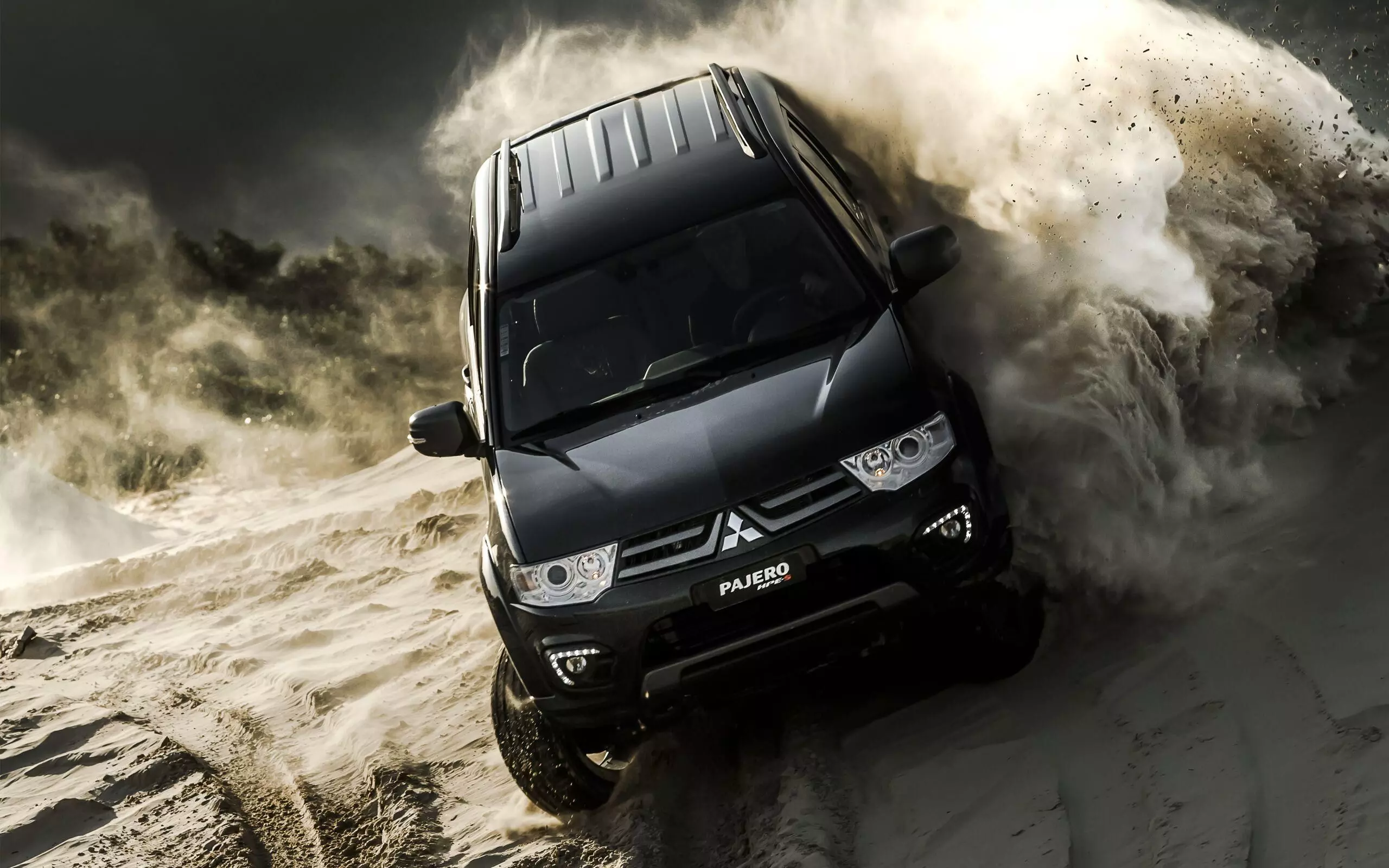Out with the Old, In with the New
India’s car market has turned into a fast-paced sequel. Old favourites are being reborn with flashy looks, smart engines and tech to make their ancestors blush

Once upon a time, there was an animal called Maruti Gypsy. It was an indestructible mountain goat—basic, boxy, bouncy and borderline uncomfortable. Yet, it was loved by everyone, especially those who wore a uniform or lived on pure adrenaline. Today, its rebirth as the Jimny is torquelessly poetic. With five doors, a touchscreen, six airbags and hill-descent control, the old soldier has swapped army boots for athleisure sneakers, but it hasn’t lost its climbing spirit.
Mitsubishi’s Pajero was similar; it may have retired from our roads, but its global sibling, the Montero, is again stirring passions overseas, teasing with a possible comeback. Similarly, the iconic Mitsubishi Lancer, once the poster car for India’s rich and famous, still inspires fans who long for its evolved alter ego, the Lancer Evolution, to grace India’s potholed tarmac once more.
Across the money fence, legends like Land Rover Defender and Toyota Land Cruiser have reinvented themselves for modern royalty. The Defender is as plush as it is tough, while the LC300—sporting a twin-turbo V6 diesel and a Rs 2.3-crore price tag—has returned as the ultimate boss of the off-road. Renault’s Duster, the SUV that kickstarted India’s compact-SUV craze, is set for a comeback as the Dacia. When it returns, it will come with bolder styling, hybrid engines and enough tech to shame pricier cars.
Nostalgia is good business, provided it is turbocharged, hybridized or electrified… In short, it should have 2025 sensibilities.
New Names, Bigger Battles
If the entry and mid-segments were once about affordability, they’re now all about ambition. The Rs 5-15-lakh bracket is abuzz with reinventions and reincarnations. Maruti Suzuki, still a people’s brand, has refreshed stalwarts like the Swift and Wagon R with dual-jet engines, six airbags and connected features. The humble hatchback has evolved into a smart, safety-conscious daily driver.
Hyundai, too, has cleverly reinterpreted its legacy. The once-beloved Santro spirit lives on in the Sonet, a compact SUV that’s more stylish, powerful and connected than the hatchback it spiritually replaces. Tata Motors, meanwhile, has pulled off a transformation few saw coming. Its Tiago and Tigor EVs are powering its electric dreams, while the Punch has become a phenomenon in its own right; it is rugged, youthful and feature-rich, embodying Tata’s new confidence.
Renault, which could charm India only with the Duster, is reviving its fold through refreshed versions of the Triber and Kiger, proof that even the French can learn Indian market calisthenics. Mahindra, on the other hand, has perfected the art of automotive reincarnation—the Scorpio-N, a muscular reboot of the Scorpio Classic, manages to be both urban-sophisticated and ruggedly authentic. Its sibling, the XUV 3XO (a rebirth of the XUV300), brings turbocharged performance, a digital cockpit and segment-first features that punch way above its weight.
For buyers, this ensures that the middle ground is no longer boring. Mid-priced cars now straddle practicality and panache. You’re not buying transport. You’re buying personality, power and hauaa.
India’s Mad SUV Mania
India’s near-illicit affair with SUVs has gone from flirtation to obsession, with nearly two-thirds of all cars sold today being SUVs, making the segment grow faster than metropolitan India’s traffic jams. Whether it’s the Creta, Seltos, Grand Vitara or XUV700, the SUV has become a new family member; after all, it is taller, bolder and more photogenic. Wars in the compact and mid-size SUV space are particularly fierce. Hyundai’s updated Creta and Venue, Kia’s facelifted Seltos and Sonet and Maruti’s tech-rich Brezza and Fronx are locked in a slugfest for dominance. Tata’s updated Harrier and Safari are muscling up with panoramic sunroofs and ADAS (and electric power), while M&M’s Thar continues to win hearts with its go-anywhere brutishness.
Even niche players are joining the party. Jeep’s Compass has been sharpened to make some sense, Skoda’s Kylaq-Kushaq and Volkswagen’s Taigun-Tiguan are wooing premium buyers, while Honda’s Elevate is finally giving the brand some foothold in the SUV game.
Revisiting Premium-Luxury
In the premium and luxury bracket, reincarnation is now more art than religion. Marquesare updating familiar nameplates with electrified hearts and sharper suits. The Volvo XC60 has received a stylish facelift, adding AI-driven safety tech and a mild-hybrid engine. BMW’s new 5 Series and Mercedes-Benz’s E-Class have become rolling digital lounges, while Audi’s Q5 and Q7 are flaunting subtle but meaningful redesigns to keep themselves current.
Škoda’s Octavia RS, reborn for enthusiasts, has brought sporty sedans back into the limelight, while Volkswagen’s Virtus proves that elegance still sells in an SUV world. Toyota’s Hilux pickup—once a niche dream—has found cult status among weekend warriors. Lexus is strengthening its footprint with new versions of NX 350h and RX 500h hybrids, offering Japanese luxury with Indian environmental conscience.
Even heritage brands are playing the modern classic card. Jaguar’s F-Pace and I-Pace are redefining their segments with brute performance wrapped in sustainability. Across the board, automakers are embracing a paradox… new-age cars that feel familiar, and familiar cars that feel futuristic.At the top end, it’s less about size or speed; it is all about identity. Luxury-buyers want their cars to reflect taste, not just wealth. That’s why even an old badge, reborn with new technology, carries irresistible cachet.
Tech, Hybrid Hustle & Electric
Behind the flashy exteriors lies a quiet revolution, one of software, sensors and silent engines. The auto market of 2025 is no longer defined by mileage alone; it is defined by intelligence. Cars are now rolling computers—connected, voice-activated and increasingly electrified. Tata’s Nexon EV, Punch EV and Tiago EV are already mainstream hits, while M&M’s XUV400 EV and its upcoming BE range promise a thrilling electric future. Hyundai’s Ioniq 5, MG’s ZS EV and BYD’s Seal EV are showing Indians what premium electric mobility feels like.
Hybridisation, too, is spreading across price brackets. The Toyota Hyryder and Maruti Grand Vitara, joint products of a clever Indo-Japanese alliance, allow drivers to slip through traffic silently on electric power. Honda’s City e:HEV keeps the sedan flame alive, proving that hybrids can be classy too. Even petrol cars are getting smarter. Maruti’s new 1.2-litre Z-series engine, Hyundai’s 1.5 turbo-petrol and Tata’s dual-clutch transmissions are signs of a maturing market where efficiency no longer means compromise. Add to that ADAS, 360-degree cameras, wireless charging and digital cockpits; you now have cars that think faster than most drivers.
With Hyundai and Kia together pledging over $5 billion (Rs 44,000 crore) by 2030 to make India their EV and export hub, the writing is on the wall. India isn’t just buying the future, it’s building it.
New Nostalgia is Here
What does this mean for India’s car-buyers? Simply, that we have entered the era of ‘New Nostalgia’. Every brand is playing a remix—reviving familiar names, redesigning icons and re-launching old hits for a new audience. From the Gypsy reborn as the Jimny to the Santro’s essence living on in the Sonet, from the Duster’s new avatar to the Land Cruiser’s royal return, the past is fuelling the present with raw emotion. The car market is now fiercely competitive, brutally creative and emotionally intelligent. Auto firms know buyers no longer want just horsepower or affordability; they want identity, continuity and a story to tell. That’s why showrooms now feel familiar again, with old faces sporting new lipstick.
Whether you’re eyeing a hatchback, a hybrid, SUV or supercar, one thing is for sure: you are spoilt for choice. The old names are back, the new badges are bold and the engines are growling with ambition. If this is what ‘Out with the Old, In with the New’ looks like, then India’s roads are about to get busier, flashier and more exciting. Strap in. The next chapter of the Indian automotive story has begun.



